Do you want to know which is the richest neighborhood in Boston? If yes, then you should take a look at our comprehensive list.
Boston, Massachusetts, is a city known for many great things. From historical landmarks to world-class universities, Boston has it all. However, alongside its charming architectural structures and bustling metropolis, Boston also has some of the wealthiest communities in the United States.
If you wish to learn more, look at our list of the 9 richest neighborhoods in Boston today!
9. West End
Year founded: early 1800s
Population: 7,331 (as of 2020)
Land area: 0.4 sq miles (1.04 sq km)
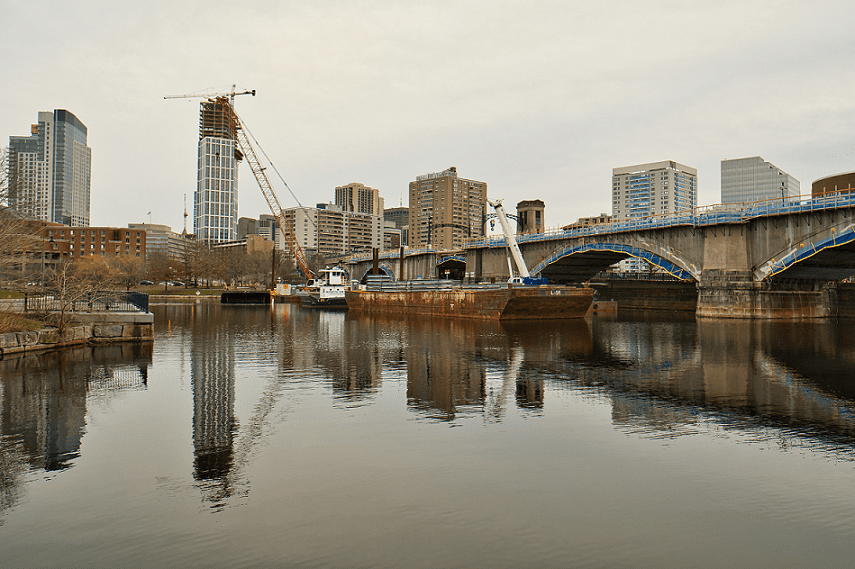
West End has one of the most interesting neighborhoods in Boston because of its cultural heritage and historical significance. What’s great about the West End is that it gives visitors a glimpse of what Boston looked like in the past and compares it to the present through its old and new buildings.
After the old West End demolition, new and improved structures were built. These include luxurious hotels, apartments, and office spaces. Today, more and more people recognized the importance of preserving West End’s remaining historic buildings.
Did you know?
Most of West End was demolished and destroyed in the mid-20th century as the local government implemented its urban renewal project.
The effort eliminated tenement housing, bustling streets, and immigrant communities. Some notable establishments included in the demolition were the Boston Public Library, Charles Street Jail, and the Massachusetts General Hospital.
8. Bay Village
Year founded: early 1800s
Population: 1,187 (as of 2021)
Land area: 0.12 sq miles (0.31 sq km)
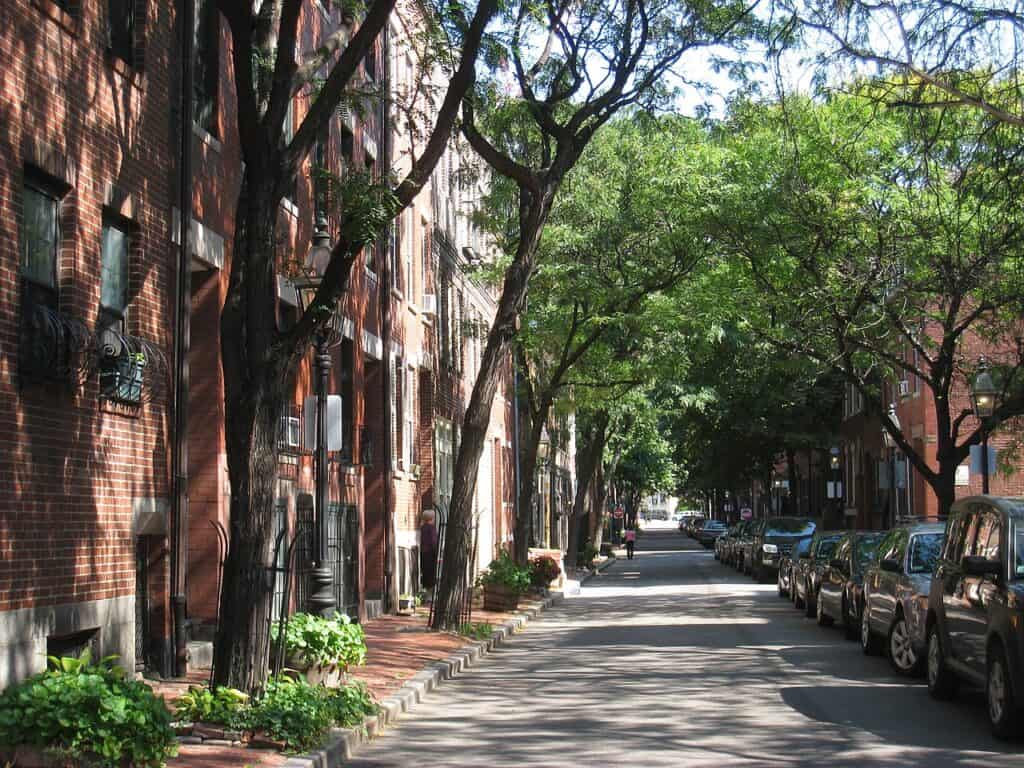
Bay Village is perhaps the smallest neighborhood in Boston. However, the size of Bay Village makes the place more intimate and cozier. In addition, the Bay Village comes with meticulously well-preserved 19th-century row houses. Some are still made of wood and still stand strong today.
Despite the small size of Bay Village, it is packed with historic landmarks and rich history. The place was once the residence of famous writers and artists like Sylvia Plath and Robert Frost.
Did you know?
Bay Village was formerly a tidal march. Only in the 19th century was the area developed to become one of the most affluent neighborhoods in Boston.
7. Beacon Hill
Year founded: 1795
Population: 9,407 (as of 2020)
Land area: 0.30 sq miles (0.78 sq km)
Image source: Shutterstock
Beacon Hill is home to some of the wealthiest citizens in the United States. As a result, the houses here are built with splendor and grandeur. Most of the oldest houses were built in the 19th century, but these mansions never lost their elegance.
The most popular landmark in Beacon Hill is the gold-domed State House, which is the seat of the Massachusetts government. But, aside from that, you’ll find here the Acorn Street, which features the old narrow, cobblestone street of Boston.
Did you know?
Beacon Hill has one of the oldest public parks in the United States. The Boston Common was built in 1634 and is one of the area’s highlights.
6. North End
Year founded: the 17th century
Population: 10,131 (as of 2010)
Land area: 0.36 sq miles (0.93 sq km)
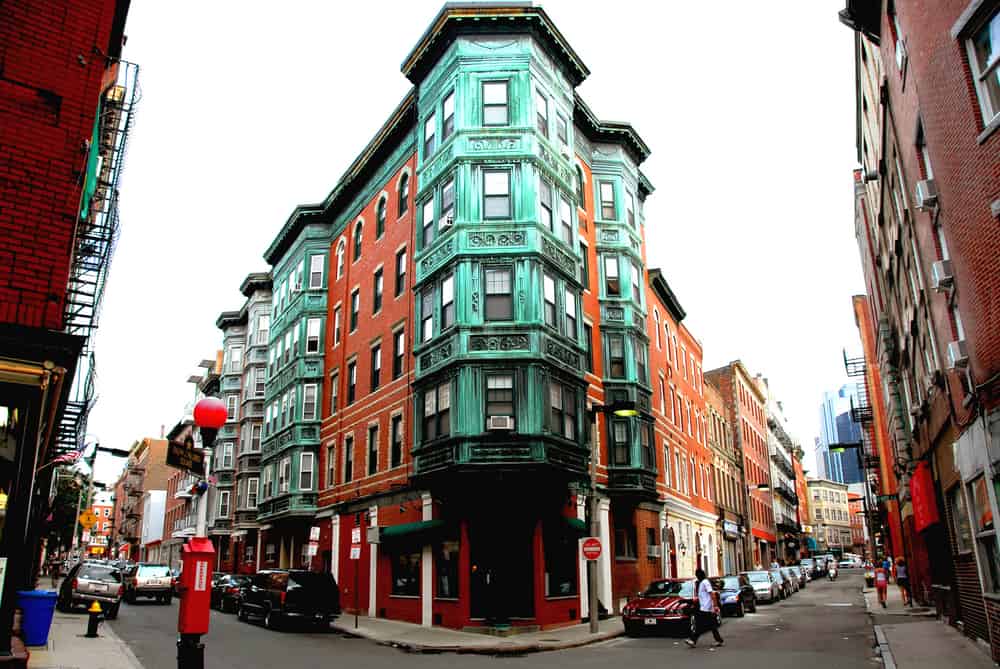
As the oldest neighborhood in Boston, you’ll find a lot of interesting structures, places, and features in the North End. For example, you’ll still find the old cobblestone streets in the neighborhood that are older than any of its residents.
If you come to North End, it’s difficult to miss its iconic landmark, Paul Revere House, which currently serves as a museum dedicated to the American Revolution. Other historic sites include Old North Church and Copp’s Hill Burying Ground.
Did you know?
The North End was founded in the 17th century, making it the oldest residential neighborhood in Boston. Because of the prominent Italian-American heritage of the place, North End is known as “Little Italy.”
5. Charlestown
Year founded: 1629
Population: 137,800 (as of 2021)
Land area: 1.34 sq miles (3.47 sq km)
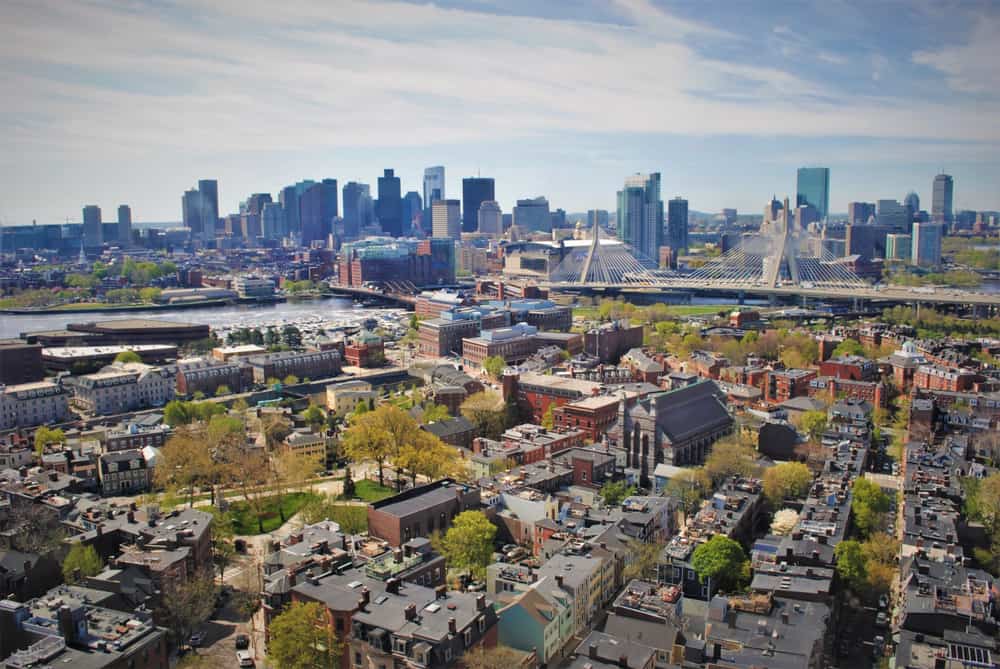
Charleston is perhaps the most historic area in Boston because of the many important events here. As a peninsula surrounded by the Charles River and Boston Harbor, you will see historic landmarks and scenic views of Boston.
Aside from that, you’ll find the buildings with colonial-era architecture, tree-lined streets, and red-brick row houses to be charming and elegant at the same time.
Some notable structures or facilities in Charleston include the Bunker Hill Monument, Warren Tavern, Freedom Trail, Boston Latin School, and Spaulding Rehabilitation Hospital.
Did you know?
The USS Constitution is the oldest commissioned naval vessel in the United States and the entire globe. This U.S. Navy ship was launched in 1979 and is docked in Charleston, specifically at Charleston Navy Yard.
4. Leather District
Year founded: early 1800s
Population: 1,100 (as of 2010)
Land area: 0.06 sq miles (0.16 sq km)
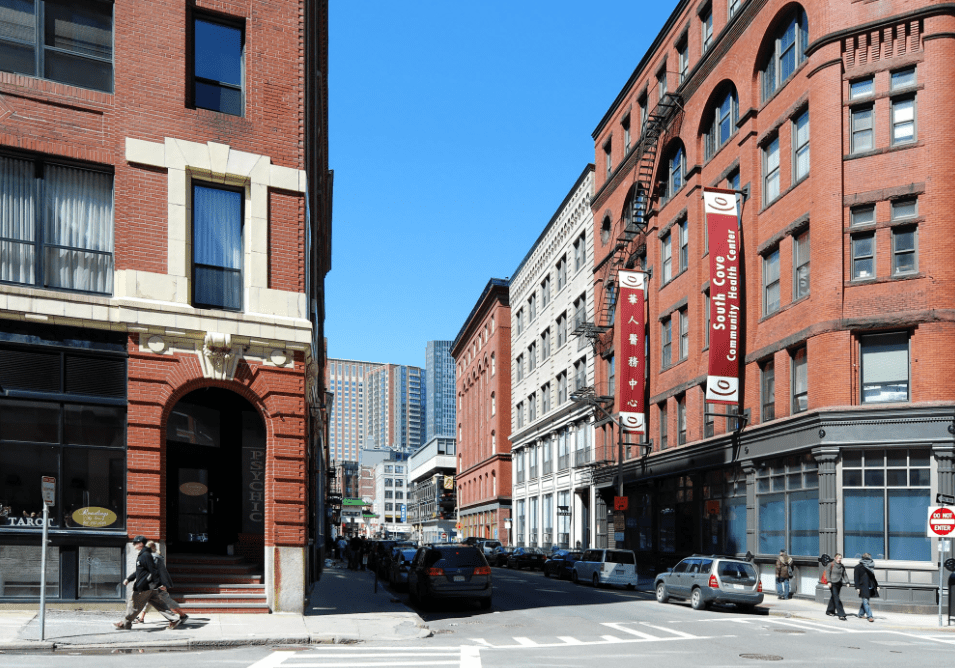
The Leather District is strategically located in downtown Boston. South Station, Financial District, and Chinatown border it. So, it is unsurprising that this neighborhood has many expensive real estate properties.
Looking at the structure around the Leather District, you’ll find buildings featuring Romanesque, Italianate, and Renaissance Revival styles. Several buildings in the Leather District were once factories and warehouses. They are now converted into stylish offices, lofts, and apartments.
Did you know?
The Leather District was once the center of Boston’s leather industry. Thus, this is where the place got its name. Today, Leather District isn’t about leather anymore but a unique blend of commercial and residential spaces.
3. South End
Year founded: 1830
Population: 34,909 (as of 2020)
Land area: 1.04 sq miles (2.69 sq km)
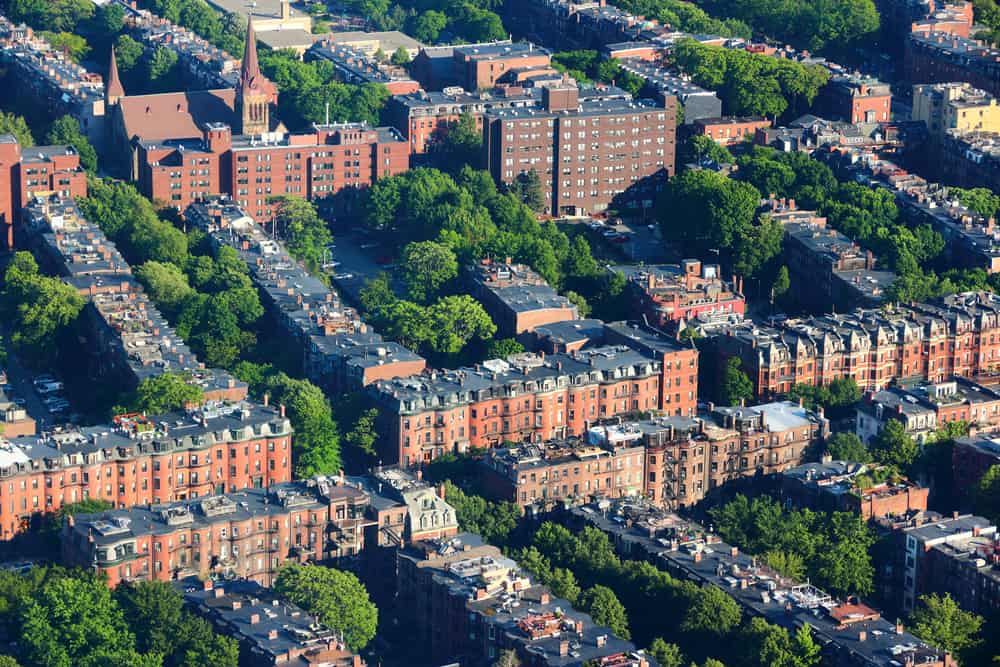
The South End lies at the heart of Boston, Massachusetts, and has the largest Victorian-era brick row houses. As this might be the case, the classic look of South End is accentuated by the variety of shops, cafes, restaurants, and bars all around the place.
What’s interesting about South End isn’t just the place but also the people. You’ll notice how diverse the community is, composed of people with various ethnic, racial, and socioeconomic backgrounds.
Did you know?
South End holds yearly events and activities that attract local and foreign tourists. These events include the SoWa Open Market, the Boston Vegetarian Food Festival, and South End Art Hop.
2. Back Bay
Year founded: 1859
Population: 20,202 (as of 2020)
Land area: 0.53 sq miles (1.38 sq km)
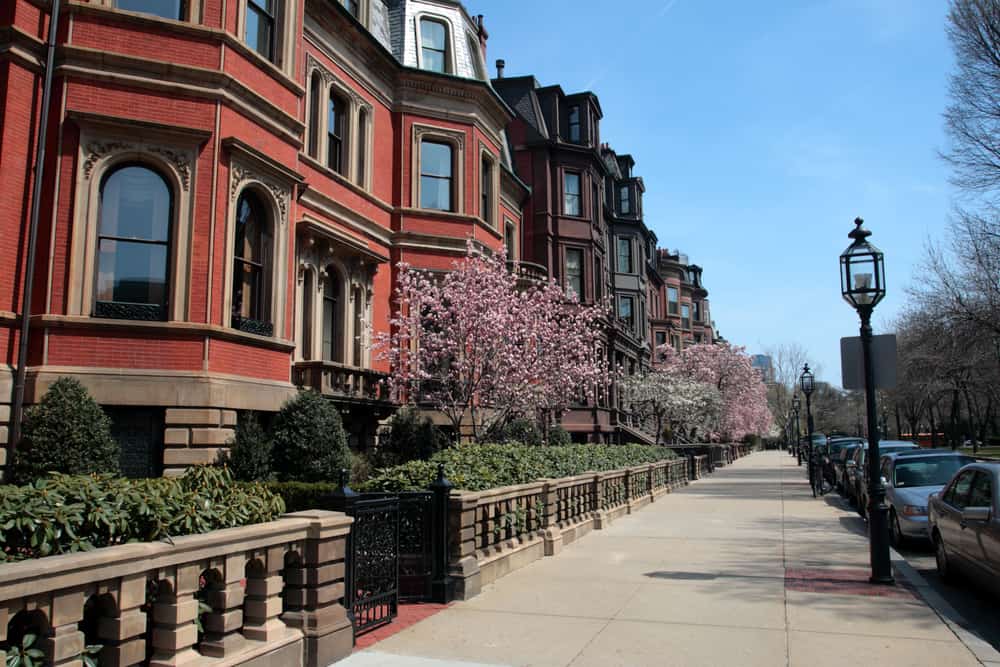
The Back Bay can easily be one of the wealthiest neighborhoods in Boston. With its tree-lined streets, beautiful brownstones, and upscale shopping and dining options, many of Boston’s elites come and live here.
Perhaps, the most notable features of Back Bay are the Victorian-inspired brownstones. Although these buildings are old, they were meticulously restored and preserved for everyone to enjoy today.
There are also cultural landmarks around Back Bay. Some include the Boston Public Library, Boston Symphony Orchestra, Museum of Fine Arts, Fenway Park, and Prudential Center.
Did you know?
If you go back before the 1850s, you won’t recognize Back Bay. The reason is that this place isn’t made of land but rather a large body of water. It was filled in with land to become a highly urbanized district as we know it today.
1. Seaport District
Year founded: 1800s
Population: 5,327 (as of 2020)
Land area: 0.05 sq miles (0.13 sq km)
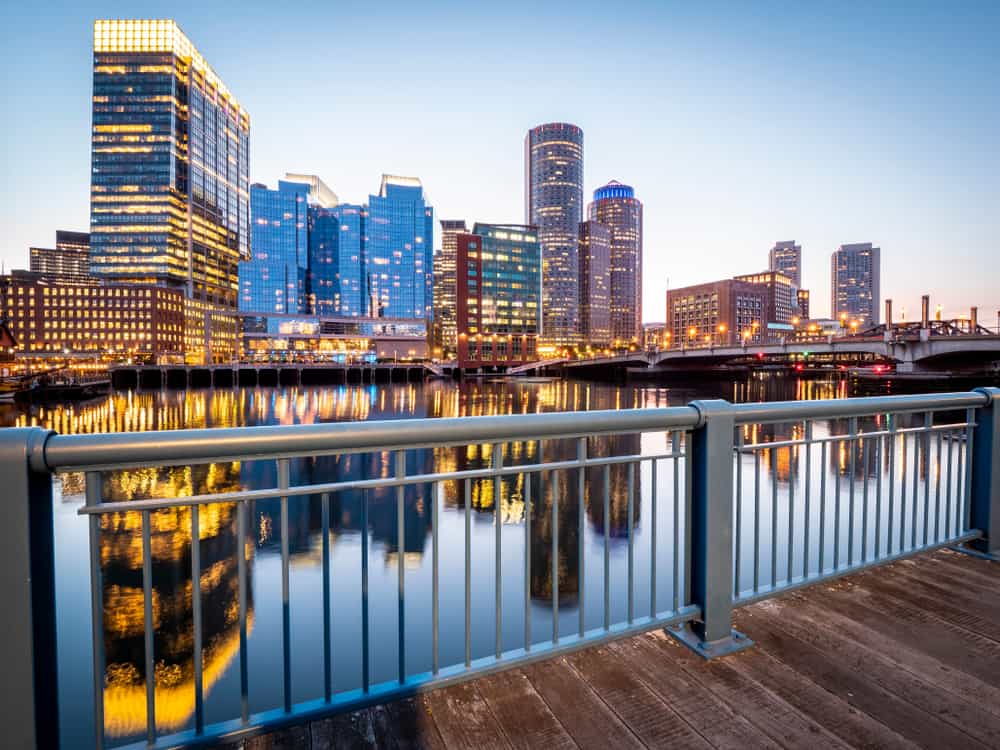
The Seaport District is the richest neighborhood in Boston. Yet, looking at its history, it’s difficult to imagine how this bustling industrial region in Boston became one of the most livable communities.
Once, the Seaport District was filled with warehouses and shipping terminals. Today, it is not just a commercial zone but a high-end residential neighborhood. Seaport District is home to some of Boston’s most luxurious apartment buildings and condominiums. Residents would love the panoramic view of Boston’s skyline and the Boston Harbor.
Aside from residential areas, the Seaport District has world-class bars, restaurants, malls, waterfront parks, and historic landscapes.
Did you know?
The Seaport District has a unique floating farm called the Boston Shipping Container Farm. It’s one of the innovations of Boston to support sustainable living in the city. The floating farm is located on a barge near the area.
